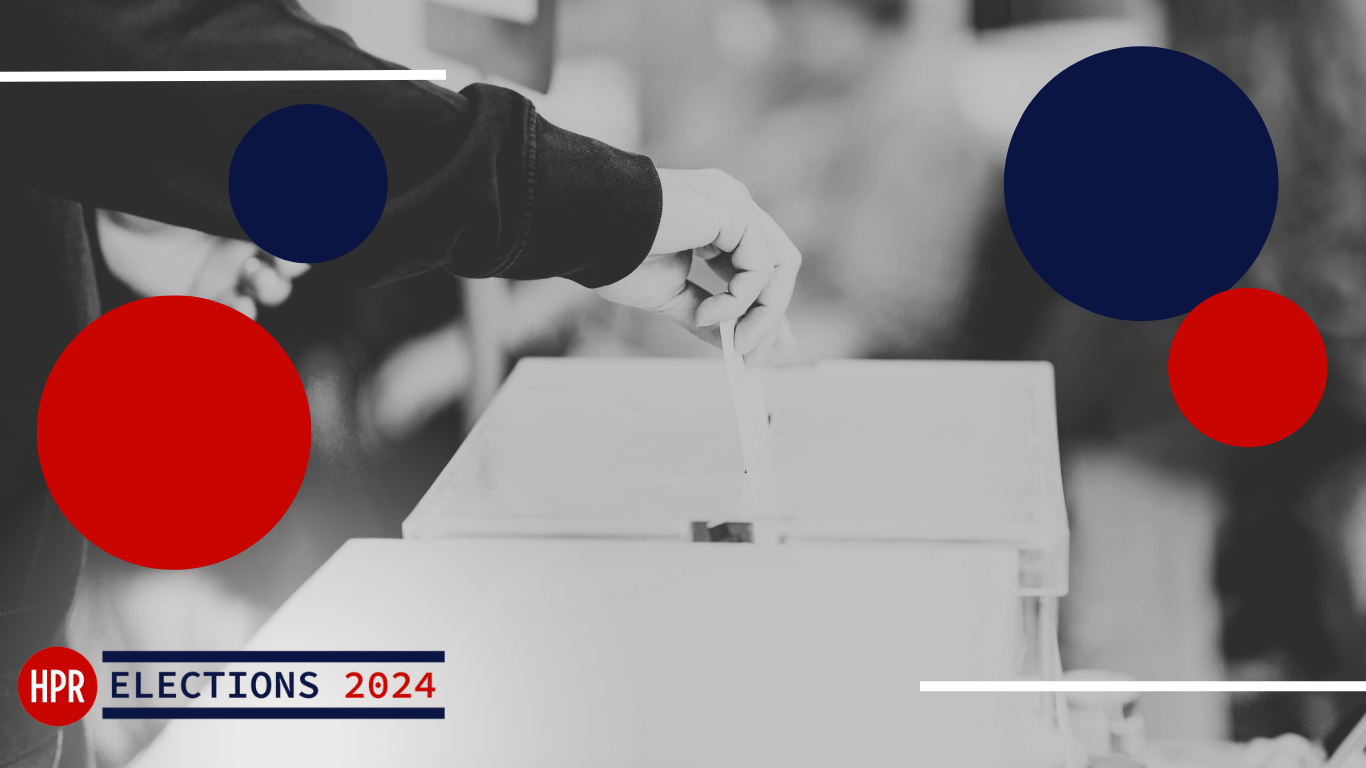“I would rather go to jail than get drafted for the U.S. in WWIII.” Gen Z, the internet generation known for its high level of political apathy, took to social media platforms this past June to mock the Republican-led H.R. 8070.
This outspoken criticism of the bill’s provision instating automatic Selective Service registration is reflective of America’s youngest voters’ overall frustration with a country that has failed to address the domestic issues they care about. This cohort came out of the pandemic more vocal online than ever, but will their voices make it to the ballot box?
This election will mark the first time Gen Z — the generational cohort born from 1997-2012 — will make up the majority of young voters for a presidential election, forming the entire 18-24 age cohort. This means that, for the first time, Gen Z voters have the power to dramatically shift the direction of the nation’s future.
Democrats Have the Votes of Gen Z
Young voters have historically voted with Democrats by a large margin. This cohort was a major source of strength for Democrats as they took home several unexpected victories in the 2022 midterms. In Arizona, young voters gave Democratic gubernatorial candidate Katie Hobbs 60,000 votes — a 20-point margin and over three times her ultimate margin of victory that Gen Z contributed. In Pennsylvania, young voters favored Democratic Senate candidate John Fetterman and Democratic gubernatorial candidate Josh Shapiro by 19 and 26 point margins respectively, proving crucial to both their victories. Similar patterns appeared in other swing states. If this trend remains consistent in the 2024 election, Democrats can expect to perform well nationwide.
The likelihood of Gen Z throwing their support behind Democrats by high margins is strengthened by the fact that Donald Trump will appear on the ballot himself this election. A 2020 survey found that 77% of eligible Gen Z voters disapproved of how Trump handled his presidential duties. Combined with his 34 felony counts and numerous other civil and criminal cases, Trump’s reputation in the eyes of Gen Z has likely only worsened.
Recent data supports this hypothesis. In the Fall 2024 edition of the Harvard Youth Poll, 75% of Gen Z respondents identified as Democrats or independents while only around 20% identified as Republicans. For all groups except males, the Democratic party leads in identification, followed by independent and unaffiliated voters.
What About the Independents?
Affiliation rates for Democrats and independents are relatively even for ages 18-24 and 25-29. With increasing dissatisfaction of the major parties, support for third parties reached a new high of 63% overall last year and 58% this year. This may be attributable to many young voters’ dissatisfaction with Democrats’ stances on the war in the Middle East, as demonstrated by the success of the “uncommitted” movement in sending several delegates to the Democratic National Convention in August. This raises questions about how reliable young Democrats and independents will be as voters this election, given such high disaffection rates among this age cohort.
Nationally, about 75% of Gen Z is registered to vote. Of those “definitely” showing up at the polls this election, young Democrats are more likely to vote than Republicans and independents, at 74% compared to 62% and 37% respectively.
Moreover, just because young voters indicate no party affiliation does not mean they do not lean left or right. In a first-past-the-post system like that of the United States, there is no precedent for a third-party presidential victory, and most voters end up choosing their most closely-aligned major party come Election Day. Therefore, although the party identification suggests a close race between Democrats and independents for Gen Z, this cohort will likely continue to vote for Democrats by a large margin as indicated by their overall left-leaning views.
Gen Z Holds the Power
Gen Z’s political power is greater now than it has ever been. From 2016 to 2020, turnout in the age 18-29 voting bloc increased by 11 percentage points, from 39% to 50%. This trend is likely to continue to increase this cycle, with over 41 million Gen Z voters across the nation eligible to vote this fall — an increase of 16 million from 2020. In the swing states, Gen Z makes up as much as 10% of active registered voters — more than enough to compose the margin of victory in every swing state and decide who will become the next president of the United States.
With the changing political landscape over the past four years, Gen Z has been pulling the catapult further and further back. It’s now time for them to unleash their voting power. Youth voters can swing the 2024 election significantly. Whether they decide to, and who they choose, is up to them alone.



